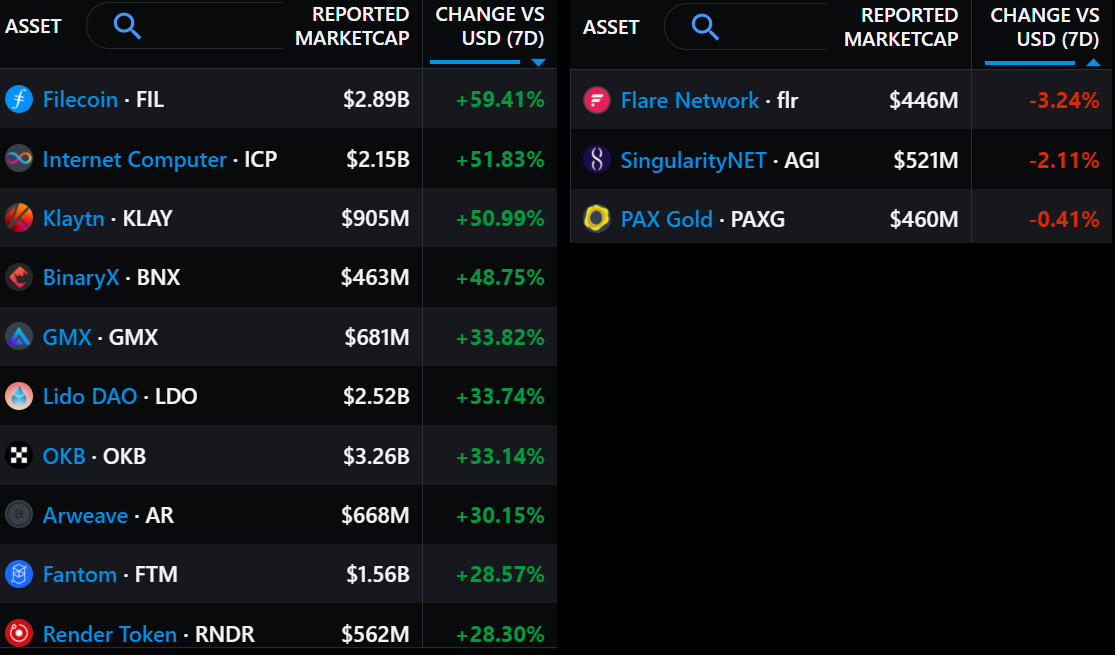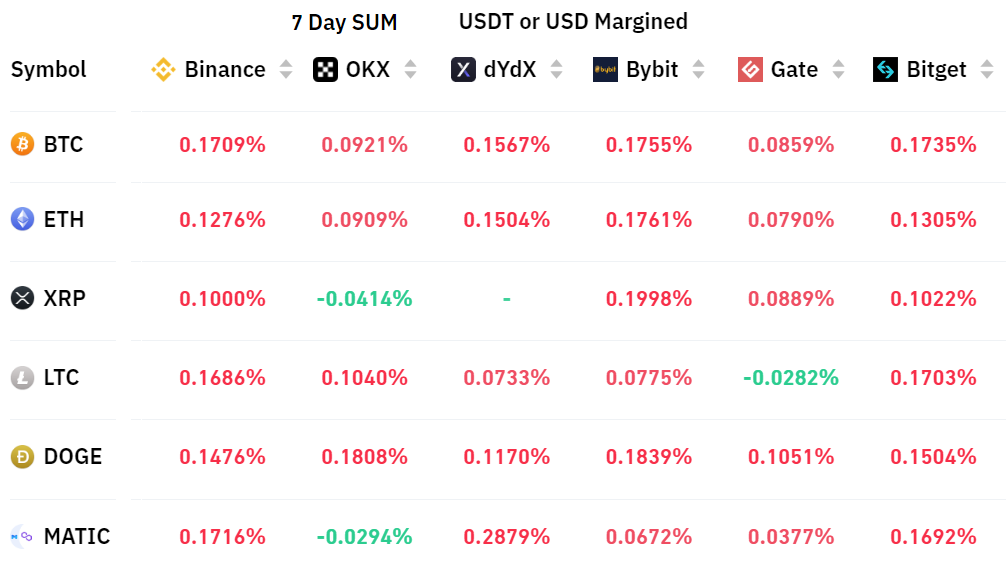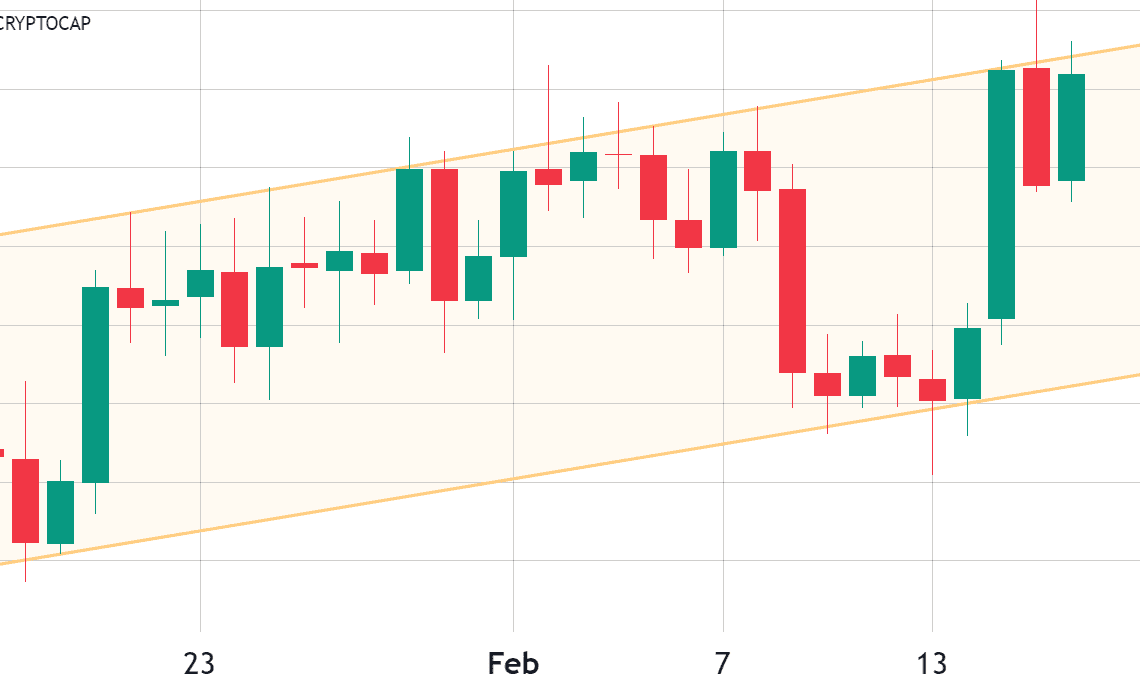The total crypto market capitalization rejected at $1.13 trillion on Feb. 16, but there was no change in the month-long ascending channel structure. More importantly, this level represents a 43% gain in 2023, which is far from the $3 trillion level achieved in Nov. 2021. Still, the current recovery is notable.
As shown above, the ascending channel initiated in mid-January has left some room for a 10% correction down to $1 trillion without breaking the bullish formation.
Investors reacted positively to the 5.6% year-on-year U.S. CPI inflation increase on Feb. 14 and the 3% retail sales monthly growth on Feb. 15. Bitcoin (BTC) had the biggest positive impact on the total crypto capitalization as its price gained 12.5% on the week.
One area of concern is a Feb. 16 story on Binance.US financial transactions to Merit Peak, a trading firm managed by CEO Changpeng Zhao. Interestingly, Reuters reported that a Binance.US spokesperson said Merit Peak was “neither trading nor providing any kind of services on the Binance.US platform.”
The 10.1% weekly increase in total market capitalization was held back by the modest 1.8% gains from BNB and the XRP 2.5% price increase. On the other hand, only 3 out of the top 80 cryptocurrencies finished the week with negative performances.

Decentralized storage solutions Filecoin (FIL) gained 59% and Internet Computer (ICP) soared 52% as Bitcoin blockchain demand for NFT inscription vastly increased the block space.
GMX rallied 34% as the protocol received $5 million in transaction fees on a single day.
Lido DAO (LDO) gained 34% as stakers evaluated proposals to manage the 20,300 ETH held by the corporate treasury.
Leverage demand is balanced despite the generalized rally
Perpetual contracts, also known as inverse swaps, have an embedded rate that is usually charged every eight hours. Exchanges use this fee to avoid exchange risk imbalances.
A positive funding rate indicates that longs (buyers) demand more leverage. However, the opposite situation occurs when shorts (sellers) require additional leverage, causing the funding rate to turn negative.

The 7-day funding rate was close to zero for Bitcoin and Ethereum, meaning the data points to a balanced demand between leverage longs (buyers) and shorts (sellers).
Interestingly, BNB is no…
Click Here to Read the Full Original Article at Cointelegraph.com News…
























